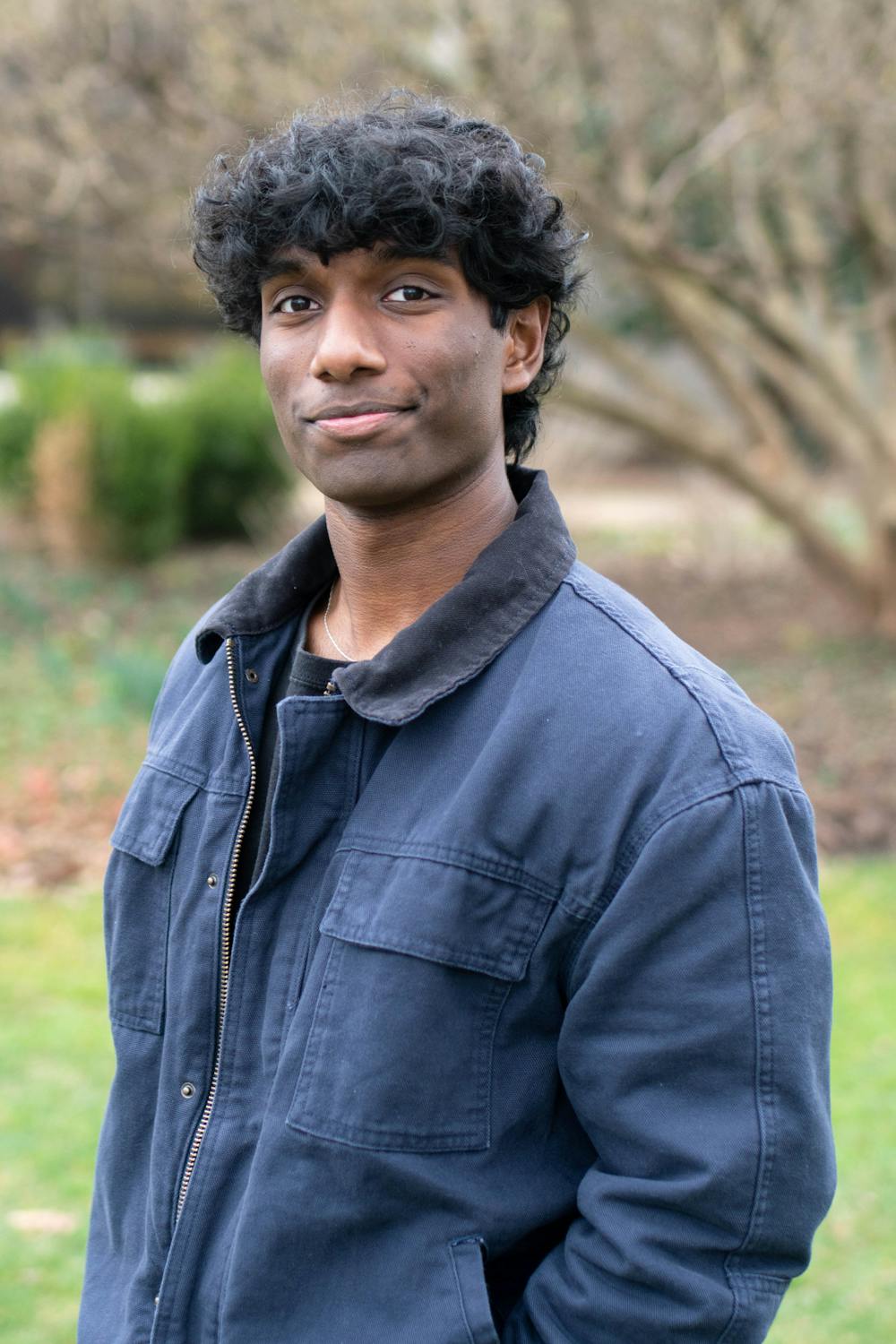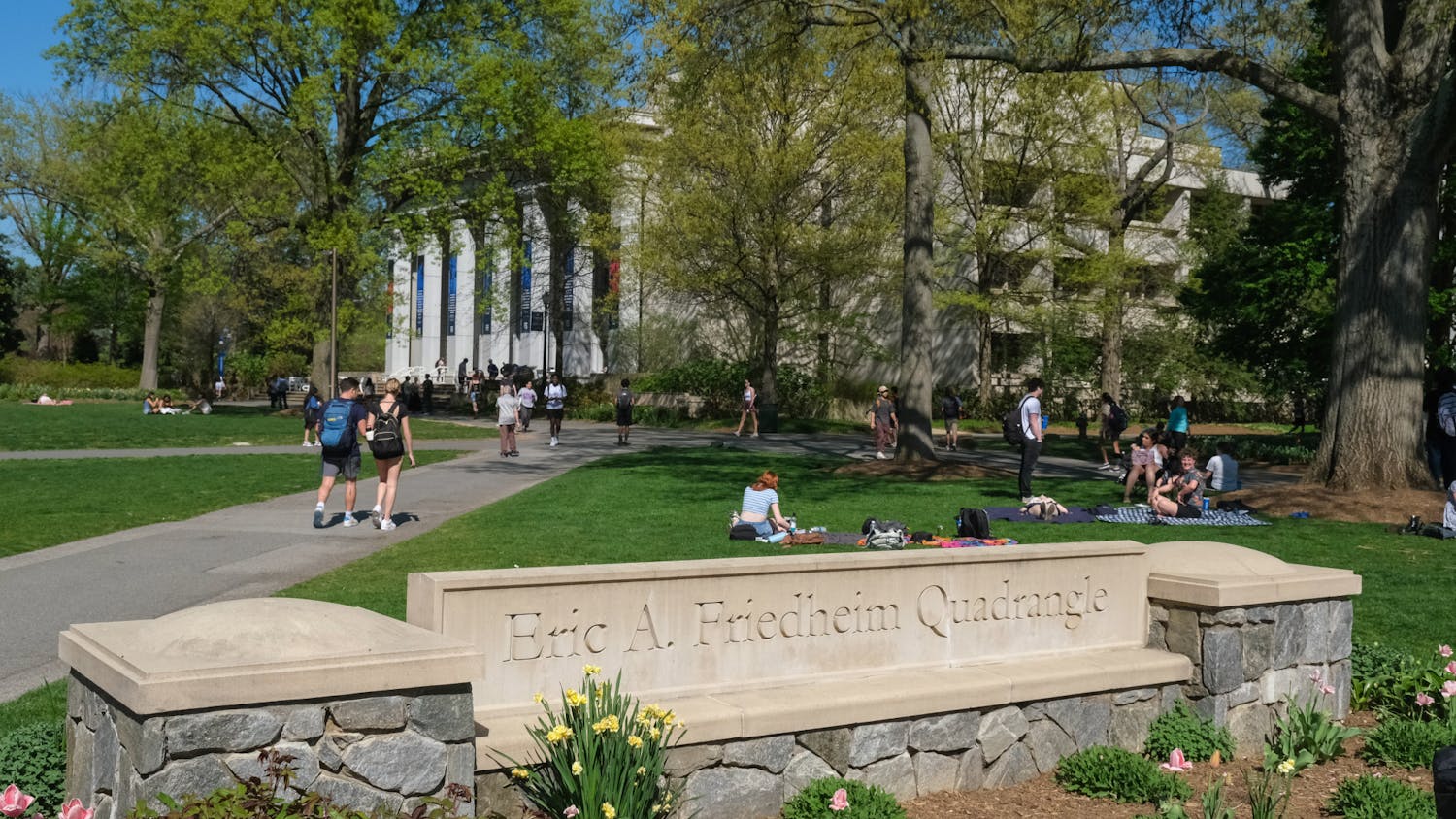The following piece is an opinion and does not reflect the views of The Eagle and its staff. All opinions are edited for grammar, style and argument structure and fact-checked, but the opinions are the writer’s own.
The day after I moved into my residence hall at American University, I wanted to get active and meet new people, so I went to the gym. When I arrived at American University’s Jacobs Fitness Center, I was surprised by the size of the gym. Having 16 Division I sports teams, I expected the University to have extensive fitness facilities. Though my workout took longer than usual due to waiting for certain machines to be available, I was content with the experience as I thought this was an isolated incident of overcrowding.
As I continued going to the gym, I realized it tends to be crowded for much of the day. Besides Jacobs, Cassell Fitness Center is the other gym open to students at the University. While both gyms are great in quality, their size does not accommodate the University’s student body.
Cassell Fitness Center is about the size of my high school gym, and Jacobs Fitness Center isn’t much larger. My high school had 2,000 students, and only athletes used the gym. Jacobs and Cassell are open to the University’s undergraduate student body of 7,644 as well as 4,401 graduate students and 1,468 law school students.
When gyms are overcrowded, students may not feel comfortable working out or might avoid the gym due to long wait times for machines. Especially recently, college students have been found to be susceptible to mental health issues such as anxiety and depression. Exercise is a proven method that helps improve mental health issues and mental health in general. American University students miss out on the mental, social and physical benefits of exercise when the University’s gyms don’t meet student demand.
Currently, American University is constructing the Meltzer Center For Athletic Performance. So far, there aren’t too many specifics about the facility itself, but it seems like the Meltzer Center will mainly be for athletes, with some aspects of it catered to recreational use for non-athlete students.
While the University’s gym situation isn’t terrible, there are definitely improvements that can be made. Some of these are contingent on how the University uses the Meltzer Center, while some are important to implement regardless. The first of these solutions concerns an area in Jacobs that is only used by DI athletes at the University. When the Meltzer Center opens, this portion of Jacobs Fitness Center should be made available for all student use. This way, Jacobs won’t be as overcrowded, and athletes can have their new designated areas in the Meltzer Center.
Duber Fitness Center is a lesser-known athletic facility, as this gym is only used for personal training during the school year. The University can ease overcrowding by opening this gym for students during select hours when Jacobs and Cassell are often crowded. Another potential solution is allocating a significant portion of the Meltzer Center for student use. With this additional space, Jacobs and Cassell won’t be as overcrowded.
While the issue of crowded gyms may seem insignificant, it’s important to consider the effects this has on the student body’s willingness to stay active. Students may choose not to workout if the gym’s crowding makes them uncomfortable or if waiting for machines is too inconvenient. By solving overcrowding in gyms, the University can increase student activity and promote a healthy student body.
Avyay Sriperumbudur is a freshman in the School of Public Affairs and College of Arts and Sciences and a columnist for The Eagle.
This piece was edited by Alana Parker, Jelinda Montes and Abigail Pritchard. Copy editing done by Luna Jinks, Isabelle Kravis and Charlie Mennuti.





